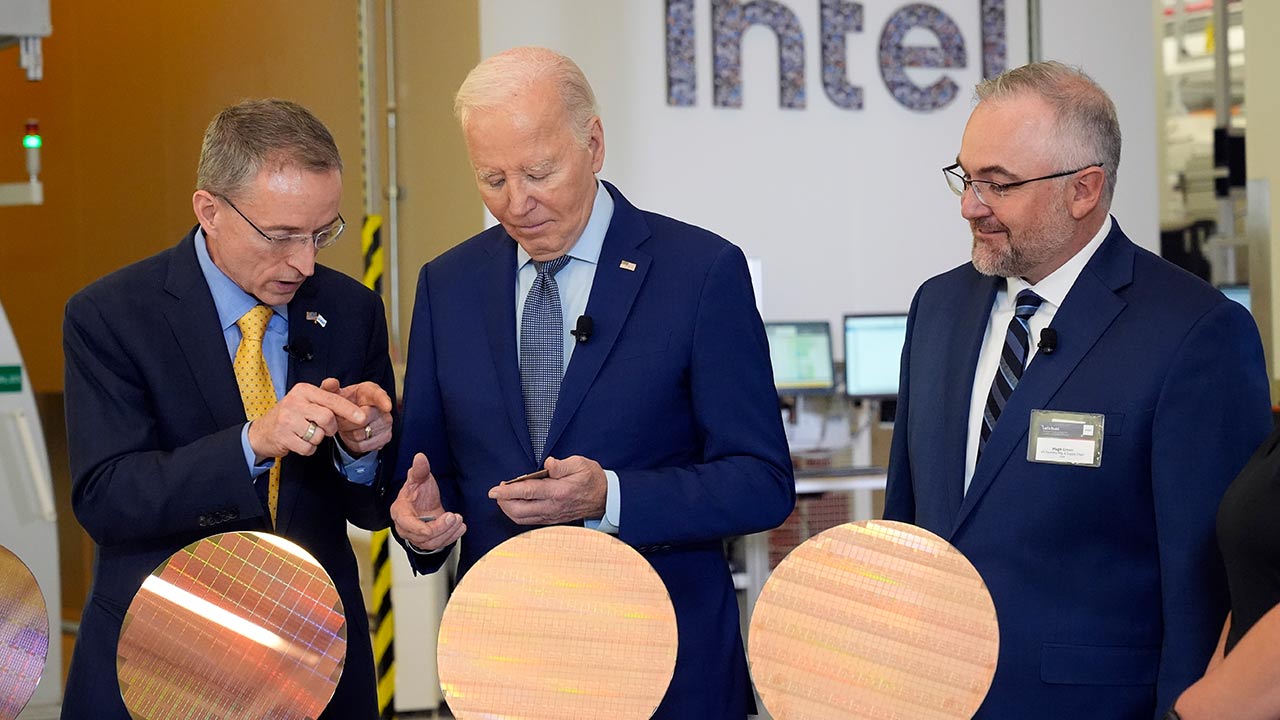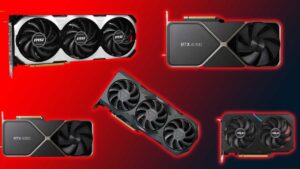Introduction
The perennial competition between tech giants AMD and Intel has long been a driving force behind innovation in the processor market. With each iteration, both companies strive to outdo one another, pushing the boundaries of performance and efficiency. In recent years, AMD’s Ryzen chips have gained significant traction, thanks to their impressive performance and energy efficiency. Meanwhile, Intel has faced challenges in its fabrication plants, struggling to keep pace with AMD’s advancements.However, Intel aims to turn the tide with its highly anticipated 15th-gen Arrow Lake processors.
\Leveraging a new platform and cutting-edge technology, Intel seeks to reclaim its position as a leader in the CPU market. Here’s everything we know about Intel’s upcoming release and why it’s generating excitement among tech enthusiasts.

Follow us on Linkedin for everything around Semiconductors & AI
1. Shrinking the Process Node:
One of the key highlights of Intel’s Arrow Lake processors is the adoption of a smaller process node. Built on Intel’s 20A process, equivalent to a 2nm manufacturing process, these chips promise enhanced performance and efficiency.
This move puts Intel back in the race, narrowing the gap with AMD, which has been utilizing TSMC’s 5nm process. Smaller process nodes allow for more transistors to be packed onto the silicon, translating to improved performance and power efficiency.
Read More: How Advanced Packaging is Merging Semiconductor Manufacturing and Packaging – techovedas
2. Performance Expectations from 15th-gen Arrow Lake:

Courtesy of Igor’s Lab
According to leaked benchmarks, the high-end Intel Arrow Lake CPU appears to deliver a significant performance boost of approximately 20% compared to the Core i9-13900K in multi-core benchmarks like Geekbench.
Conversely, the scores for the 14th generation are somewhat underwhelming, showing only marginal gains of around 1-3% compared to the current 13th generation components.
Regarding single-core performance, it’s anticipated that the Arrow Lake chips will demonstrate up to a 17% improvement over the current Raptor Lake CPUs in certain tests.
Arrow Lake is expected to support DDR5-6400 memory, which is faster than previous generations. This can improve overall system performance.pen_spark
Read More: $74 Billion on the Line: Tech War Heats Up as China Ban Intel AMD Processors from Govt. – techovedas
3. AI Integration of 15th-gen Arrow Lake:
In the era of artificial intelligence, Intel is strategically positioning Arrow Lake to capitalize on the burgeoning demand for AI capabilities.
These processors are expected to feature Intel’s Ce-LPG Plus GPU architecture, incorporating Extended Matrix Extensions (XMX) for AI acceleration.
This integration promises to expedite data processing tasks while enhancing graphics and video performance. Intel’s emphasis on AI positions Arrow Lake as a formidable contender in the realm of gaming CPUs.
Read More: 5 Ways Chip Packaging Will Define Next Generation of Chips – techovedas
4. Powerful Integrated Graphics of 15th-gen Arrow Lake:
The most remarkable advancement is found in the graphics realm, with the 15th-generation integrated graphics unit showcasing an exceptional enhancement of up to 240% compared to the existing 13th-generation counterparts in the 3DMark TimeSpy benchmark, along with a surge of up to 220% in the WildLife Extreme tests.

Courtesy of Igor’s Lab
5. New Core Architectures:
While the core configurations might not change initially (8 performance cores and up to 16 efficiency cores), there are rumors of a mid-generation refresh with a whopping 32 efficiency cores arriving in 2025.
Launch Timeline and Features:
While Intel initially teased a potential 2024 or 2025 launch for Arrow Lake, industry expectations point towards a release later in the year.
The exact specifications, including core count and thread configurations, remain a subject of speculation. Intel may opt to introduce additional P-cores or E-cores, or focus on enhancing performance through other avenues.
Moreover, Arrow Lake is anticipated to usher in new motherboard chipsets, a new LGA 1851 socket, and DDR5 system memory support.
Recommendation and Conclusion:
As with any major hardware release, it’s prudent for consumers to wait for confirmed performance figures before making purchasing decisions.
While Intel’s Arrow Lake holds promise, existing processors such as AMD’s Ryzen 6000 and Intel’s Core 12000 series offer robust performance for most applications.
Ultimately, the choice to upgrade should be based on individual needs and preferences.
Read More: Top 5 Upcoming Apple Products for the Next Decade – techovedas
Conclusion
In summary, Intel’s Arrow Lake represents a pivotal moment in the ongoing rivalry with AMD. With advancements in process technology, AI integration, and performance enhancements, Intel is poised to deliver a compelling lineup of processors. As the competition heats up, consumers can expect a new wave of innovation driving the evolution of high-performance computing.



